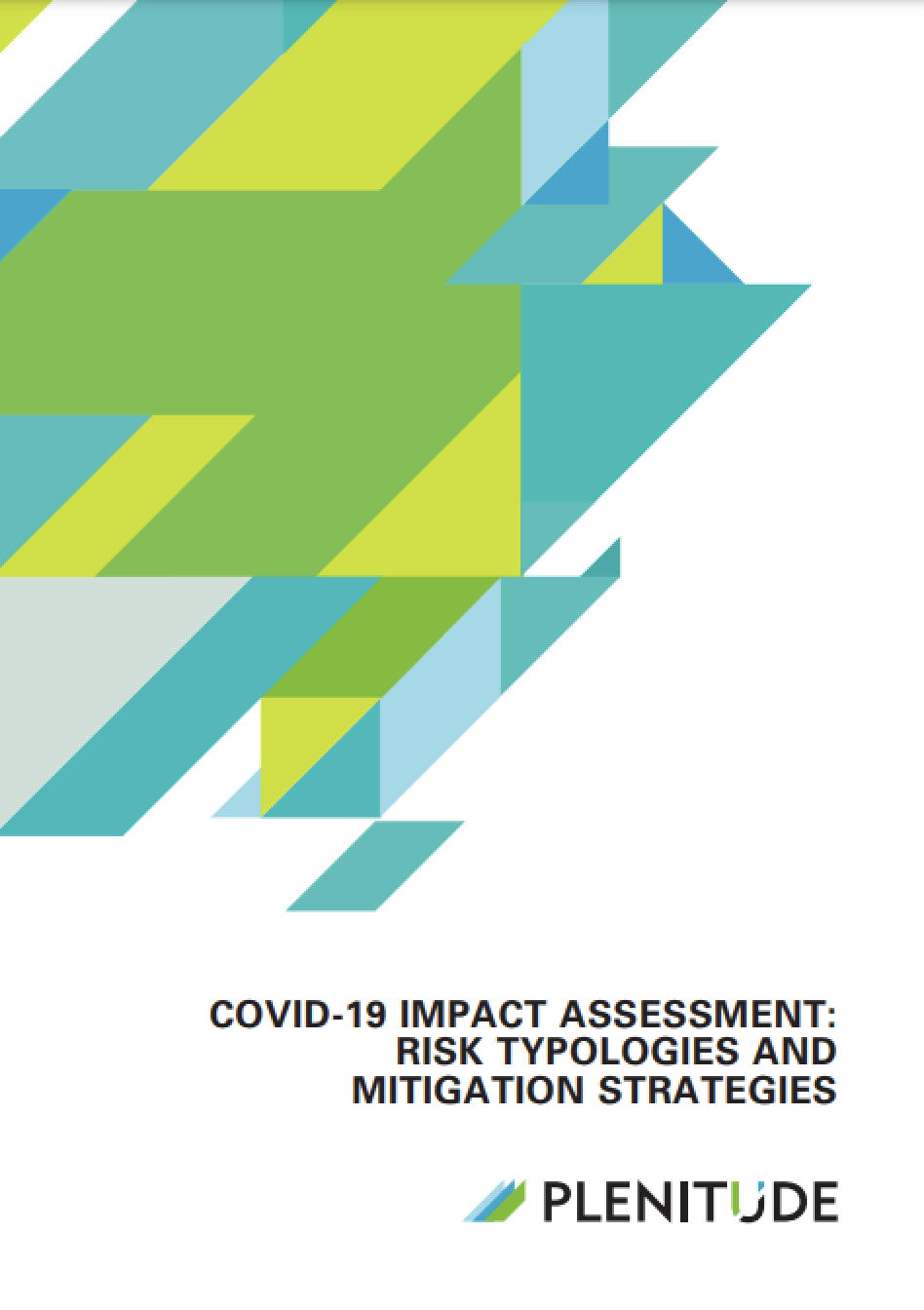Research by numerous industry bodies indicates that themethods and typologies used by bad actors are changing – notable examples include:
- Fraud – increase in fraudulent activity including COVID-19 relief funds, identity fraud and investment fraud.
- Cyber – the use of cyber-attacks involving malware (such as ransomware) to steal personal assets and data from individuals and firms.
- Money mules – increase in transactions being routed through non-traditional means, providing an opportunity for money mules.
- Scams – imposters preying on vulnerabilities arising from the pandemic to illegally obtain personal data and/or access to assets.
- Corruption – previously lower risk industries brought into focus - e.g. through PPE procurements process scandals.
- Insider dealing – new ways of working and trading, exploiting potential vulnerabilities in traditional transaction and surveillance controls.
Given the ongoing evolution in both customer and criminal behaviour, adapting to these changes can represent a significant impact on any financial institution. Firms should therefore adopt a holistic and step-by-step approach to managing their risk.
Conclusion
Pro-actively implementing a holistic strategy to manage the long-term impact of COVID-19 on financial crime risk will ensure firms can both minimise reputational risk and remain agile enough to adapt to emerging and developing risk typologies – while simultaneously remaining compliant with parallel legislation such as Treating Customers Fairly (TCF)



 Zubin Lee Kasture
Zubin Lee Kasture
 Nick Charlton
Nick Charlton
 Plenitude Insights
Plenitude Insights Fraud
Fraud Advisory and Transformation
Advisory and Transformation



